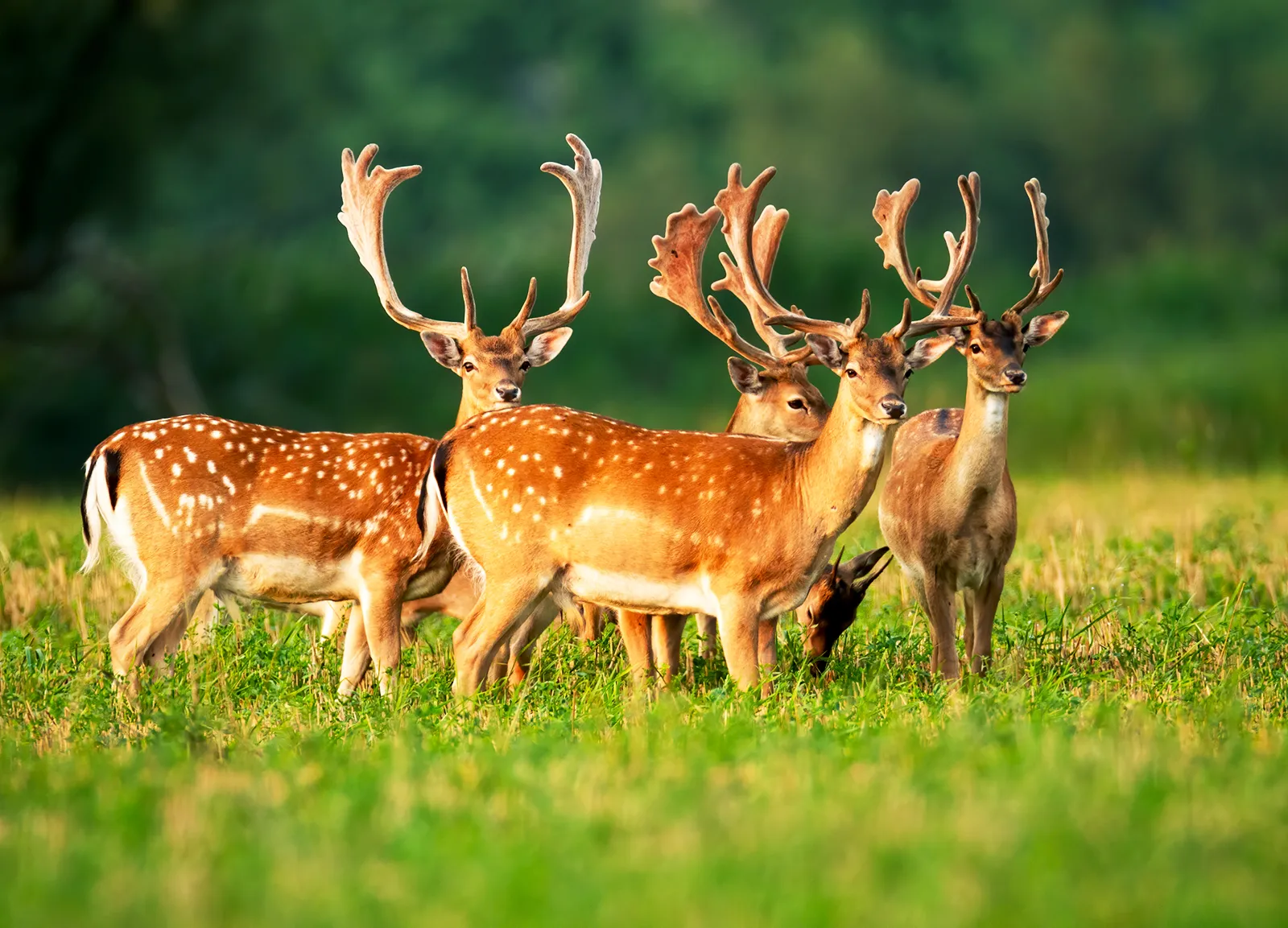Did you know that some animal populations surpass billions or even trillions, outnumbering humans by an unimaginable margin? These creatures, though often overlooked, play crucial roles in balancing ecosystems and sustaining life on Earth. From tiny aquatic organisms to highly adaptable rodents, nature’s most populous animals remind us of the incredible diversity our planet has to offer.
This article dives into the world of abundant animal species, exploring the top 10 creatures with the largest populations, their roles in nature, and why understanding their numbers is essential.
How Scientists Determine Animal Population Size
Before we unveil the top 10 most populous animals, it’s essential to understand how scientists estimate population sizes. Keeping track of these numbers isn’t as simple as counting individuals, especially given the vast and varied habitats they occupy. Here’s how experts approach this challenge:
Factors That Influence Counting
- Animal Size: Smaller organisms like krill or insects are harder to count individually. Scientists use indirect methods instead.
- Habitat Accessibility: Remote or hostile environments, such as the deep ocean or dense forests, can make population monitoring more challenging.
- Reproductive Rates: Species that reproduce rapidly often have fluctuating population sizes that are harder to pinpoint.
Methods Used for Estimation
- Sampling Techniques: Collecting data from smaller areas and extrapolating overall population numbers.
- Satellite Surveys: Particularly useful for spotting large groups of animals, such as migratory birds.
- Tagging and Tracking: Monitoring tagged individuals provides insight into population density and movement patterns.
- Mathematical Models: Algorithms and predictive models estimate sizes based on available data.
Now that we understand the science, let’s look at our list of nature’s most common creatures.
Top 10 Most Populous Animals on Earth
1. Antarctic Krill
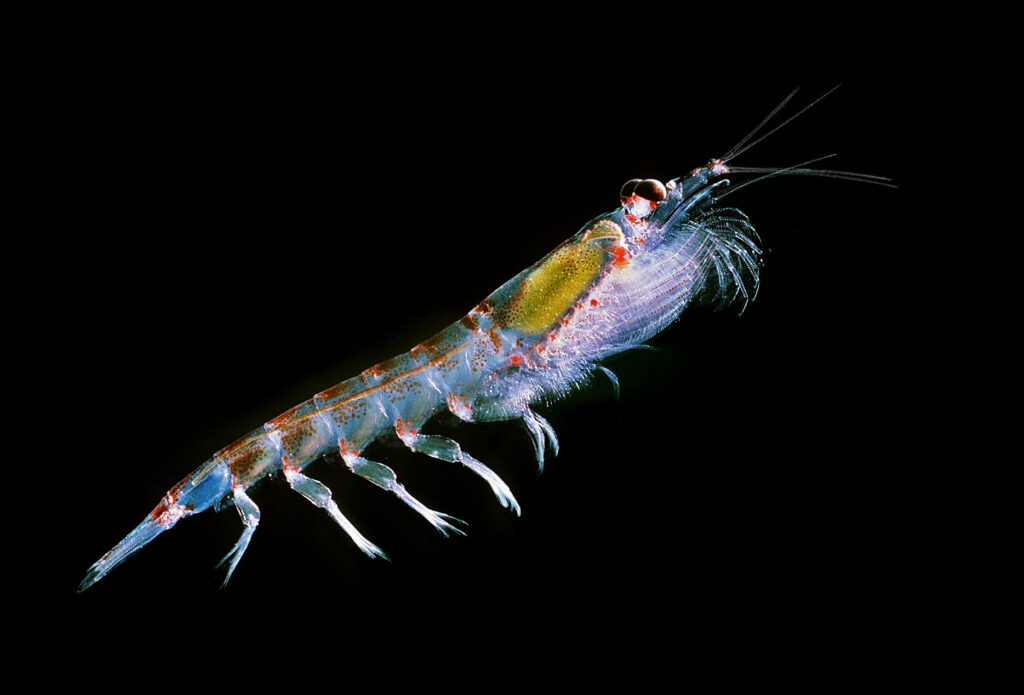
- Description: Antarctic krill are thumbnail-sized crustaceans found in oceans around Antarctica. Despite their small size, they form massive swarms.
- Population Estimate: Estimated at 400 trillion.
- Ecological Role: Krill are a cornerstone of the Antarctic food web, serving as a primary food source for whales, seals, penguins, and fish.
2. Red-Billed Quelea
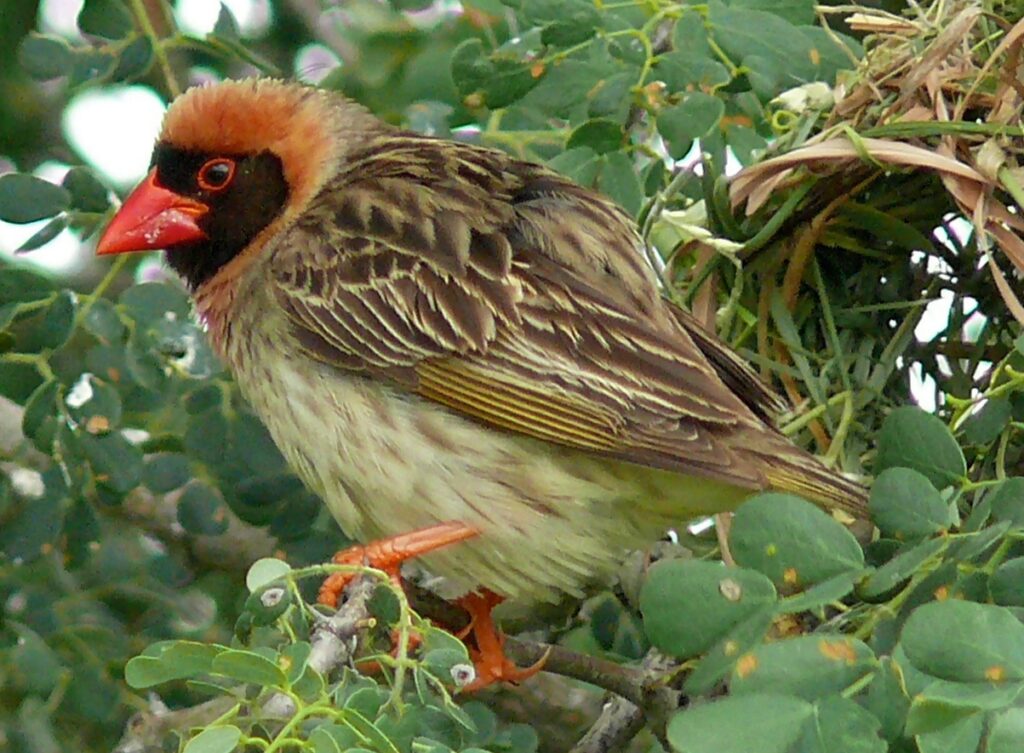
- Description: Dubbed the “locust of the sky,” these small, sparrow-like birds inhabit sub-Saharan Africa.
- Population Estimate: Around 1.5 billion individuals.
- Ecological Role: While they play a role in seed dispersion, their vast flocks can devastate crops, earning them a reputation among farmers as pests.
3. House Mouse
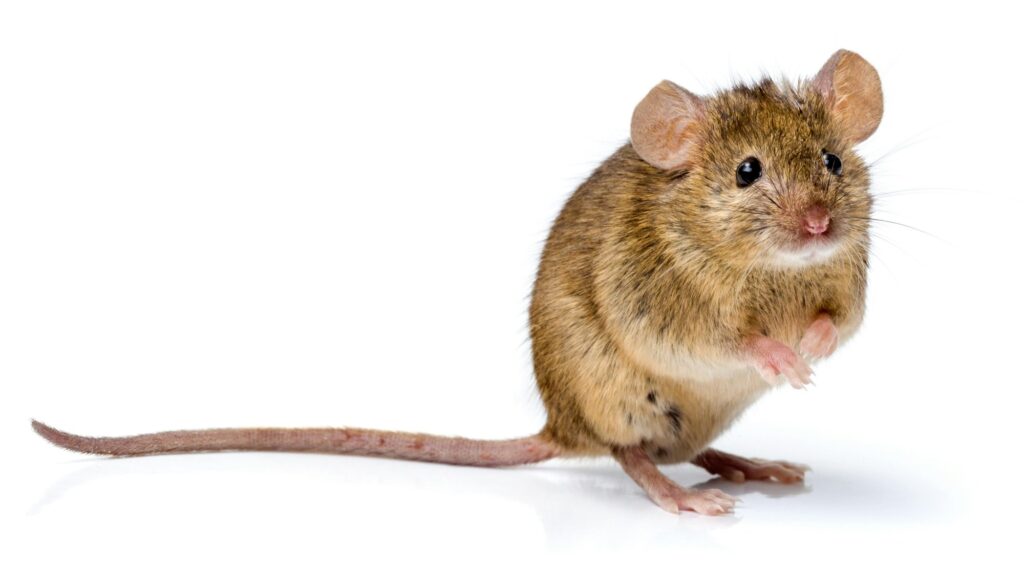
- Description: This adaptable rodent thrives in various environments, often living alongside humans.
- Population Estimate: Billions, exact size varies due to breeding cycles.
- Ecological Role: While house mice can damage crops and spread disease, they also play crucial roles in research and ecological balance as prey for predators.
4. Brown Rat
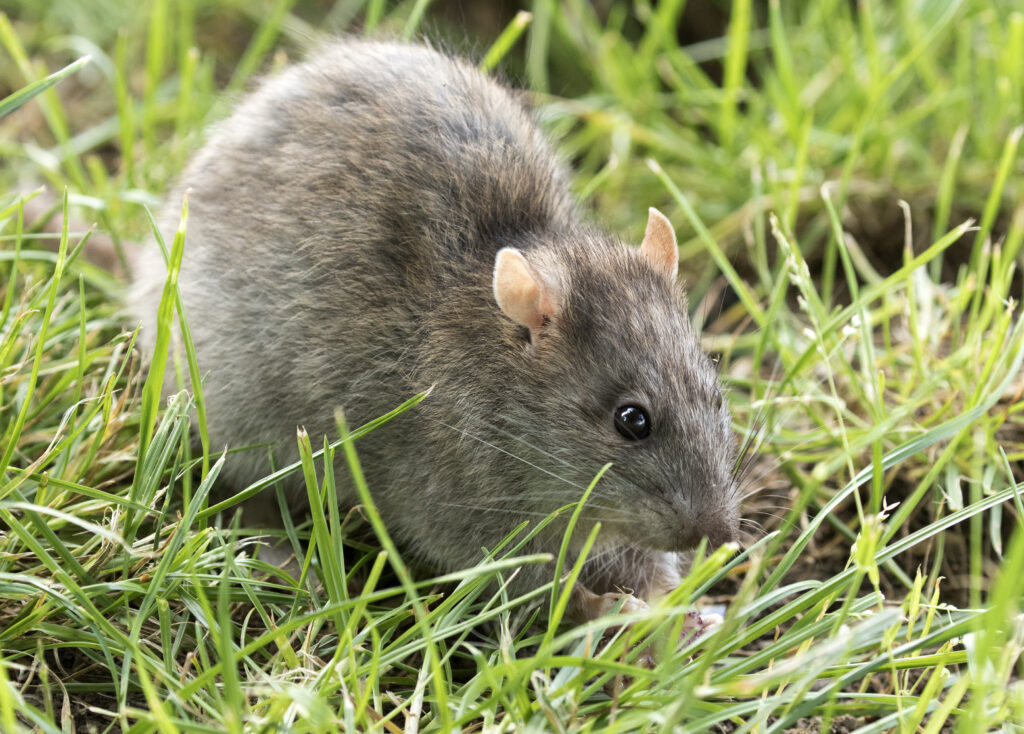
- Description: Often found in urban areas, the brown rat has adapted to nearly every continent.
- Population Estimate: Estimated in the billions globally.
- Ecological Role: Similar to house mice, brown rats are vital in scientific research and act as prey, although they pose a threat to food storage and public health.
5. Domestic Chicken
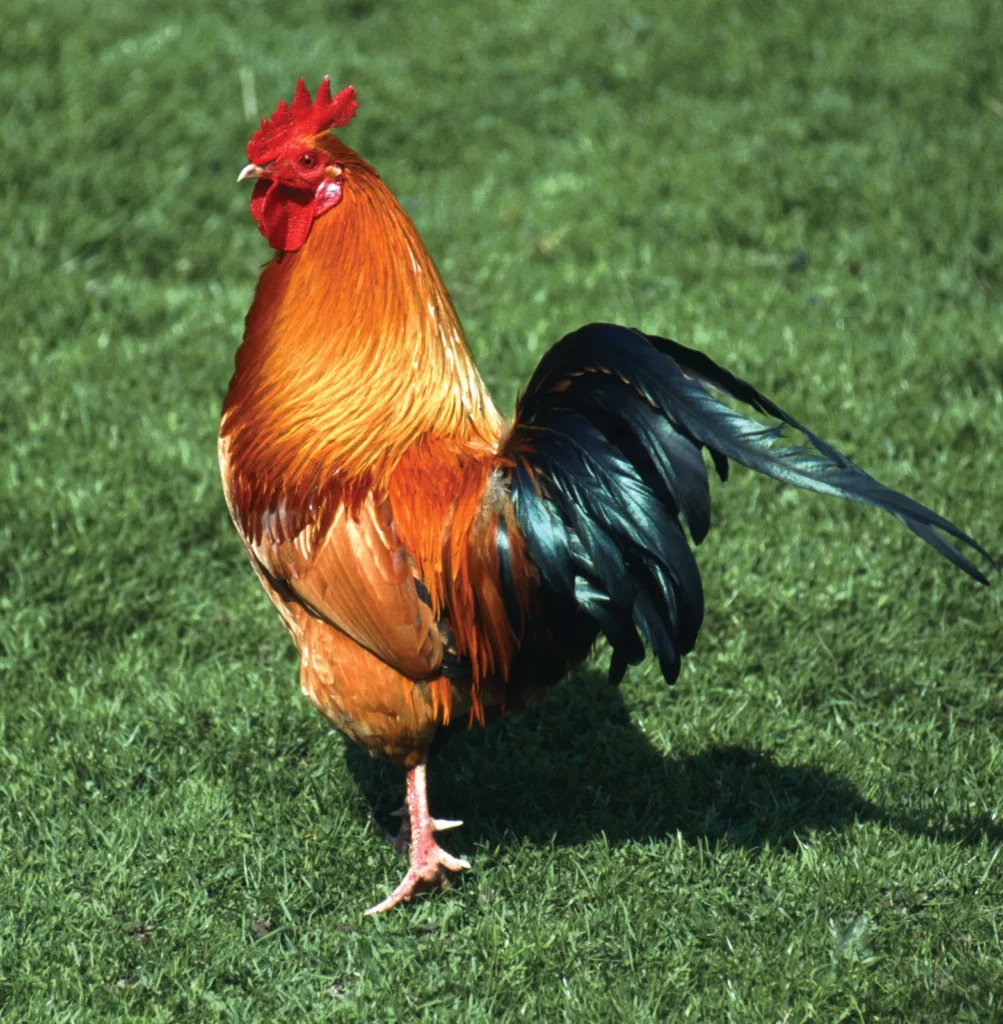
- Description: The domestic chicken is the most populous bird on Earth, bred extensively for meat and eggs.
- Population Estimate: Over 33 billion globally.
- Ecological Role: An essential part of the human food system, chickens contribute to agricultural livelihoods worldwide.
6. Earthworm
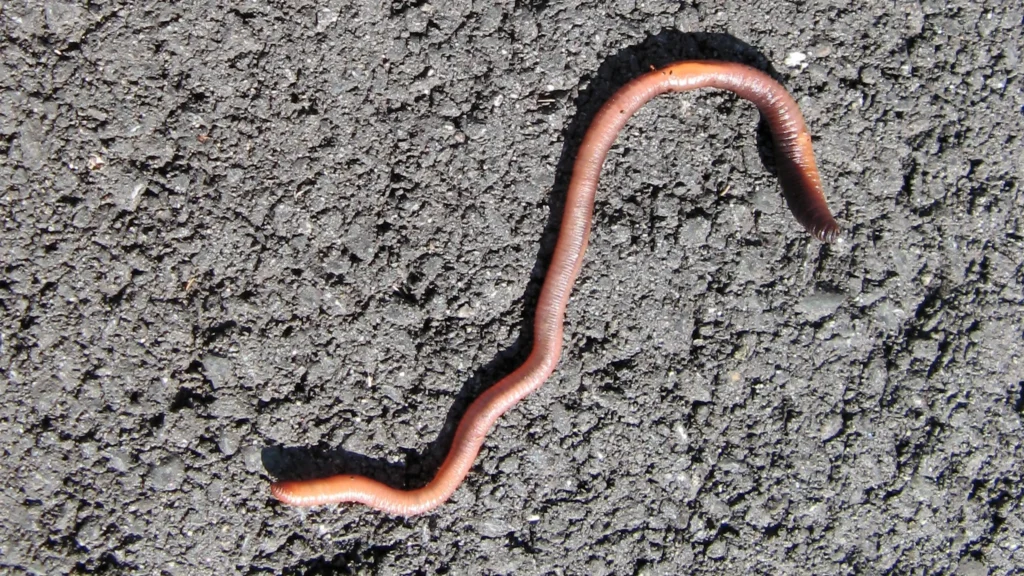
- Description: Found across most soil types, earthworms are nature’s gardeners.
- Population Estimate: Estimated at trillions worldwide.
- Ecological Role: Vital for soil aeration and nutrient recycling, earthworms play an indispensable part in fostering healthy agricultural lands.
7. Termites
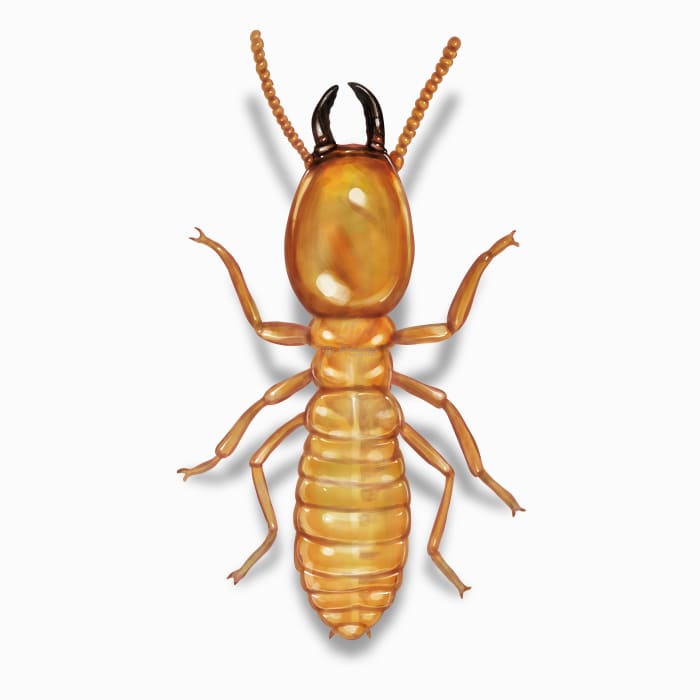
- Description: These small, wood-eating insects are found mainly in tropical and subtropical regions.
- Population Estimate: Estimated at hundreds of trillions.
- Ecological Role: While their appetite for wood can damage human structures, they are crucial decomposers in ecosystems, breaking down dead plants.
8. Copepods
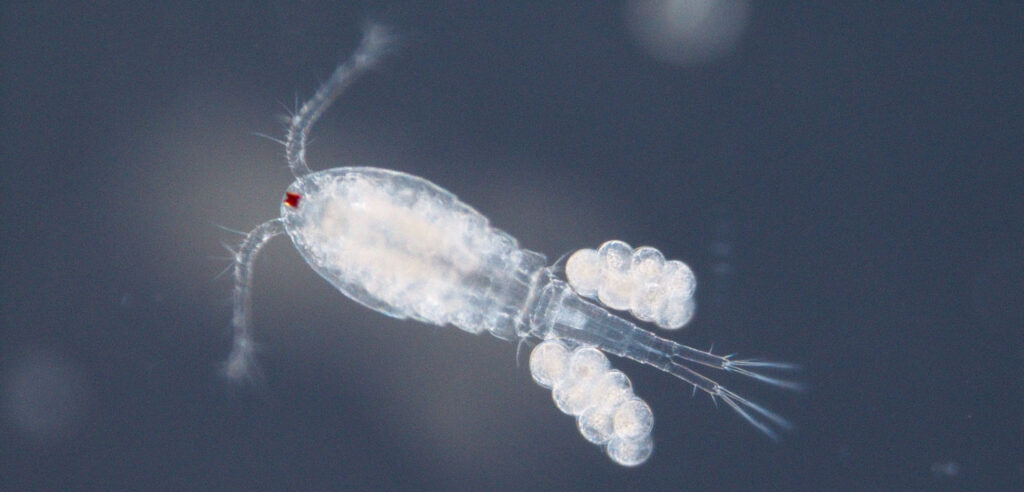
- Description: Tiny crustaceans found in both freshwater and marine habitats, copepods are a vital part of aquatic ecosystems.
- Population Estimate: Reaching several quintillion individuals globally.
- Ecological Role: They serve as food for larger marine animals and contribute to the carbon cycle by consuming phytoplankton.
9. Honeybee
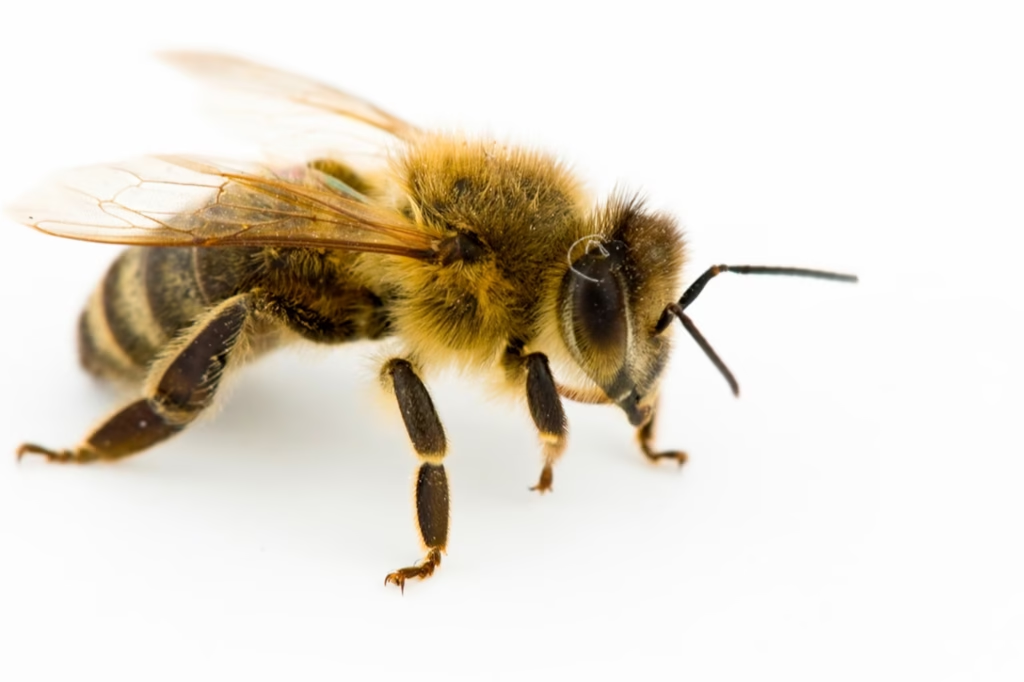
- Description: Known for their hives, honeybees are essential pollinators found in nearly every corner of the world.
- Population Estimate: Roughly 2 trillion globally.
- Ecological Role: Beyond producing honey, honeybees pollinate crops, supporting agricultural systems and global food supply chains.
10. Zooplankton

- Description: A diverse group of microscopic organisms living in oceans, lakes, and rivers, zooplankton are key players in aquatic food webs.
- Population Estimate: Numbering in the hundreds of quintillions.
- Ecological Role: Zooplankton form the base of many aquatic food chains, feeding fish, whales, and crustaceans.
Factors That Shape Animal Populations
Several forces influence why these animals thrive where they do in such numbers:
Environmental Factors
- Availability of food and suitable habitat.
- Climate stability, which affects reproduction and survival rates.
Human Impact
- Activities like agriculture, deforestation, and pollution contribute to habitat loss. On the flip side, conservation efforts have helped certain species recover.
Natural Factors
- Predation, diseases, and natural disasters also play vital roles in regulating population density.
Understanding these dynamics is essential to manage and protect these populations.
Why Animal Populations Matter
Each species on our list plays a vital role in maintaining ecological balance and sustaining life on Earth. Here’s why their population numbers are significant:
- Conservation Efforts: Monitoring species helps protect endangered animals and maintain biodiversity.
- Ecosystem Health: Species like krill and honeybees support entire ecosystems through food production, pollination, and nutrient cycling.
- Human Benefits: From pollination to pest control, these species offer countless economic and agricultural advantages.
People Also Ask Section
What is the most populous animal in the ocean?
Antarctic krill hold this title, with an estimated 400 trillion individuals.
How do scientists estimate animal populations?
They use methods like sampling, tagging, satellite surveys, and mathematical models to gather and process data.
Why is it important to know animal population numbers?
Understanding populations helps in conservation, ecological balance, and mitigating human impact on wildlife.
A Look Ahead
The most populous animals on Earth are incredible examples of nature’s abundance and innovation. From tiny copepods steering the marine food web to more familiar faces like chickens feeding billions of people, their presence reflects the intricate systems that sustain our planet.
Remember, protecting and understanding these creatures isn’t just about numbers; it’s about preserving the balance they bring to our world. Why not take the first step by learning how to support conservation efforts or building a more sustainable lifestyle?
Explore our other blogs on ecology and conservation to discover more ways you can make a difference.
